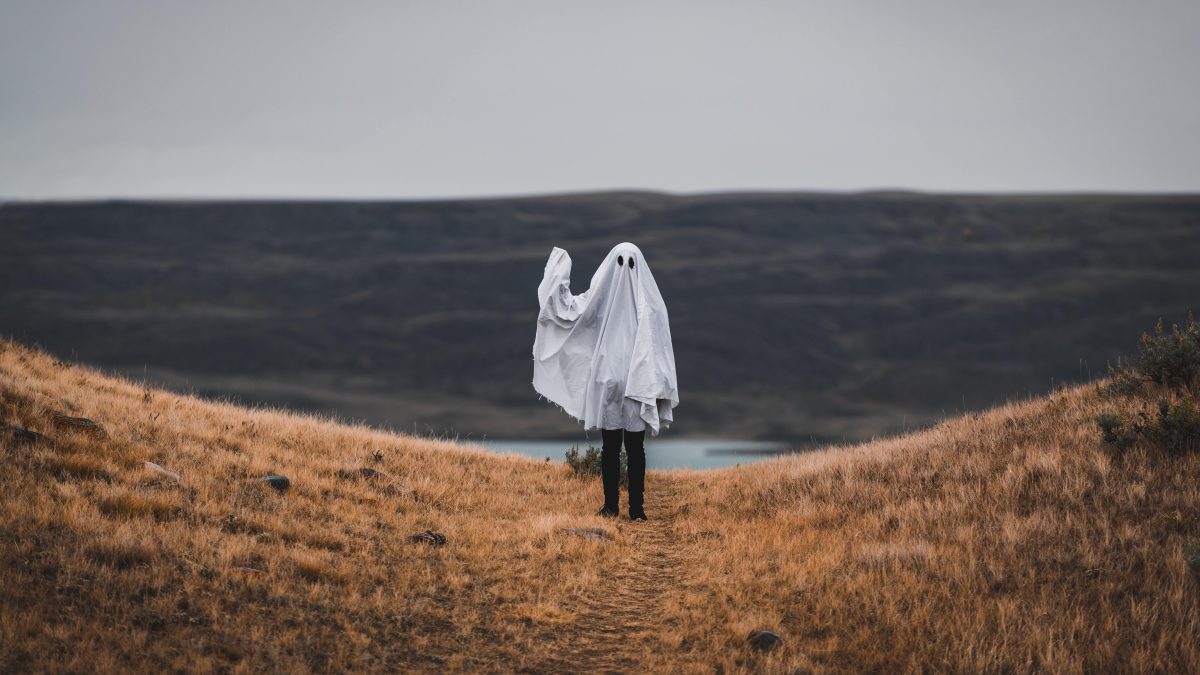Don’t Write Alone Free Write
Magical Realism and Cultural Context
Learn how to devise a rough concept for a magical realist story with this prompt from classes instructor Jessica Reidy.
This prompt, along with many others, appears in my three-week online workshop, Magical Realism and Cultural Context . The goal of this class is to explore magical realism across writers from different cultures, and to create plenty of opportunities for students to create magical realist work drawing on their own context and experiences.
A quick overview of Magical Realism: The term “magischerrealismus,” which translates to “magic realism,” was first used in 1925 by German art critic Franz Rohin his book Nach Expressionismus: Magischer Realismus ( After Expressionism: Magical Realism ), which explored “Neue Sachlichkeit,” or New Objectivity, a style of painting that was popular in Germany alternative to expressionism. The movement picked up speed in Latin America when Roh’s work was translated into Spanish in 1927.
Magic Realism→Marvelous Realism→Magical Realism: French-Russian Cuban writer Alejo Carpentier further developed Roh’s concept into “marvelous realism,” which he felt was more appropriate to describe Latin American work.
In 1955, literary critic Angel Flores coined the term “magical realism” (as opposed to “magic realism”) in English in an essay, combining elements of magic realism and marvelous realism. He noted Argentine author Jorge Luis Borges as the first magical realist. Latin American writers popularized magical realism in literature, although writing that could be classified as magical realism has been in circulation before the 20th century.
The main components of a magical realist story might include:
• A realistic setting in a recognizable world
• Magical elements that are unexplained and presented as normal
• Critical social/cultural commentary (for example: imperialism, colonization, class hierarchy, worker exploitation, gender inequality, religious oppression, slavery, etc.)
• Atypical plot structure that highlights the magical and unexpected elements of the story (eschewing the expected beginning, middle, and end narrative arc)
*
PROMPT: How to devise a rough concept for your magical realist story
Write down five real settings that you find compelling; they can be past or present. It’s best if they are somewhere you have lived, or somewhere you have a strong connection to, rooted in lived experience.
Some of my settings might be as follows:
• New York City
• New Hampshire
• Virginia
• Ireland
• Florida
Next, consider social issues you might bring into your work. It really helps if these issues are tied to place and/or something that you have experienced. Of course, you don’t need to write your autobiography, but writing is stronger if it comes from a ‘true’ place, and you’ll avoid the pitfalls of appropriation if you stick to your own demographics (for example: class, gender identity, ethnic background, spiritual lineage, ancestry, etc.). Write down some social issues that you are intimately connected with.
Some social issues I write about are as follows:
• Mixed Romani/Sinti ancestry, identity, & resilience
• Abuse survivor resilience
• Femme/Nonbinary/queer identity
• Inherited trauma related to domestic violence, Sinti family living in Germany during the Holocaust, etc.
• Immigration (mostly family and not my own, except for those few years in Ireland)
• Othering
• Mental illness and chronic illness
Next, brainstorm about your cultural context. If you don’t know much about your ancestry, that’s okay. Consider other aspects of your lived experience based on where you grew up, where you live now, what you’ve lived through, gender identity, sexuality, spirituality, health, etc. This probably overlaps with social issues somewhat, but it’s another dimension.
Some of my examples are as follows:
• New England American culture, German Sinti, Italian, and Irish heritages
• Nonbinary, Femme, Queer culture
• Sinti/Romani and European folk beliefs, animism, and a splash of Catholicism
• My parents’ cultural/spiritual perspectives on mental illness
• Ancestor traditions
• Dream work
• Plant and animal relationships
Take a look at your lists, and then make another list. For now, write down the setting that calls to you most, and the social issue and cultural context that works best with the setting and with each other. You can use this as the jumping off point for a story that incorporates magical realism, whether the narrator at the center is you, based on you, or a new character that you create.
My example could be as follows:
Returning to my home state of New Hampshire to navigate inherited trauma and grief after the deaths of my mother and aunt. Normal life is disrupted by visions, ghosts, possessions after certain cultural grief practices were not observed due to pandemic restrictions.
